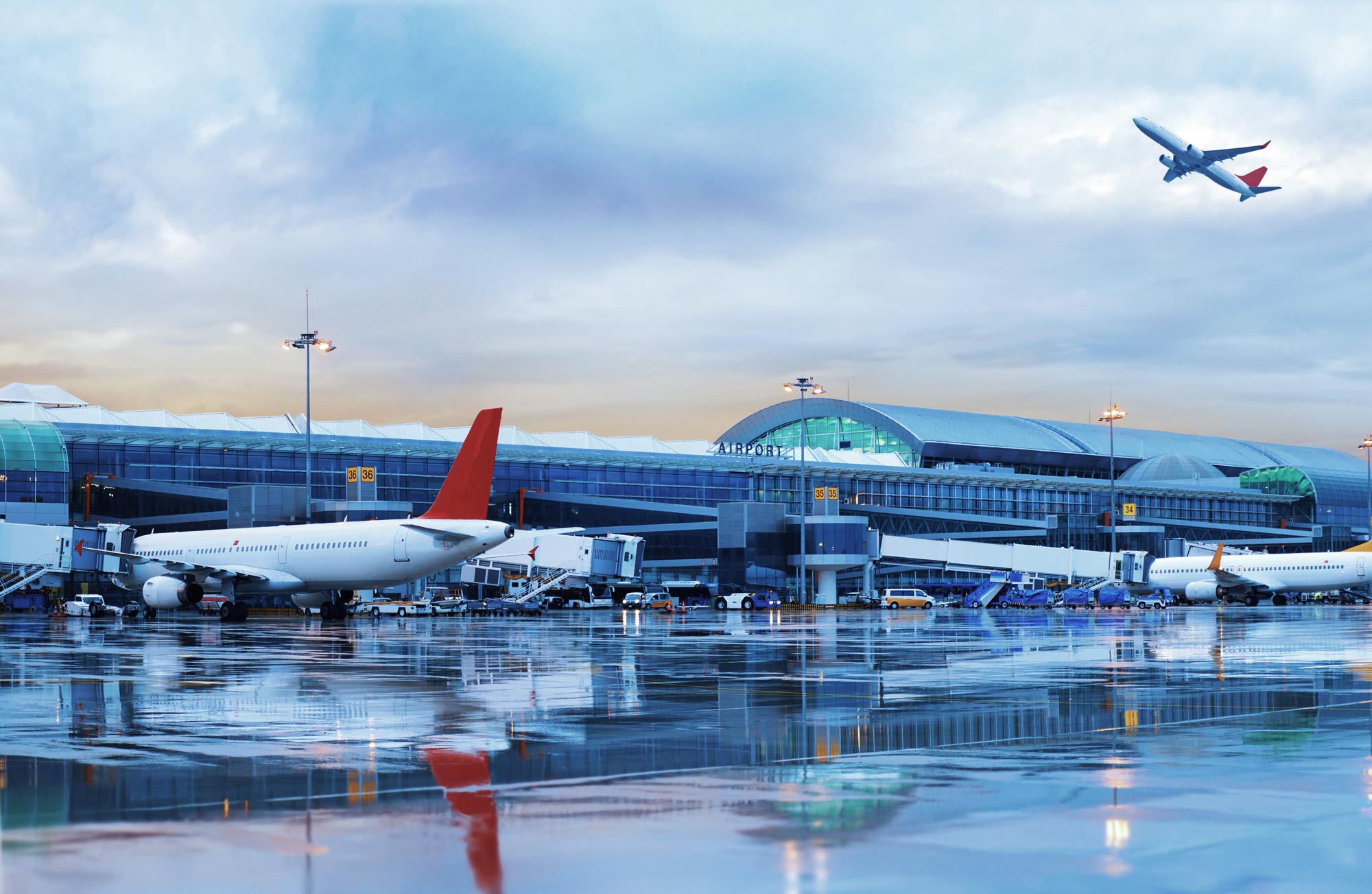
Meteorological
OVERVIEW: SYSTEMS INTERFACE AND METEOROLOGICAL SOLUTIONS
Accurate monitoring of weather conditions through the use of Automated Weather Observing Systems (AWOS) is one of the most important aspects that ensure continued safe operations at airports. Systems Interface designs and delivers a range of meteorological solutions to meet this demanding aspect of ATM operations.
Working with technology leaders in their field, Systems Interface works exclusively with high-calibre product providers to deliver tailored turn-key solutions for airport applications in the civil and military arenas.
Meteorological solution elements include:
- AWOS (Automatic Weather Observation System)
- IRVR (Instrument Runway Visual Range)
- ATIS (Automatic Terminal Information System)
UNDERSTANDING HOW METEOROLOGICAL SYSTEMS WORK
AWOS
Automated Weather Observing System (AWOS) is an airport weather system with complete configuration capabilities that offers continuous, real-time data and reports on airport weather conditions at the airport. These systems generally report at hourly intervals but also report special observations if weather conditions change rapidly and cross aviation operation thresholds. AWOS systems are generally managed by Airports or Air Navigation Service Providers.
AWOS systems make weather data available in a number of ways, including:
- An audio message is produced by a computer and transmitted to aircraft in the vicinity of the airport via radio frequency. This is the sole mandated method of weather reporting for an AWOS, and the message is refreshed at least once per minute.
- AWOS communications may also be regularly distributed through ground data link in METAR format, typically once every 30 minutes.
Depending on the configuration, AWOS measure a combination of the following parameters:
- Barometric pressure
- Wind speed, wind direction and variable wind direction
- Temperature and dew point
- Visibility and variable visibility
- Sky condition, cloud ceiling height and liquid precipitation
- Precipitation type
- Thunderstorm detection
- Freezing rain detection
- Runway surface conditions
ATIS
ATIS (Automatic Terminal Information System) is a continuous broadcast of recorded aeronautical information in busier
terminal areas. ATIS broadcasts contain essential information, such as current weather information, active runways, available approaches, and any other information required by the pilots, such as important NOTAMs. Pilots usually listen to an available ATIS broadcast before contacting the local control unit, which reduces the controllers' workload and relieves frequency congestion.
ATIS will include (in this order):
- the airport or facility name;
- a phonetic letter code;
- time of the latest weather observation in UTC;
- weather information, consisting of wind direction and velocity, visibility, obstructions to vision, sky condition, temperature, dew point, altimeter setting, density altitude advisory if appropriate;
- and other pertinent remarks, including runway in use.
If it exists, the weather observation includes remarks of lightning, cumulonimbus, and towering cumulus clouds. Additionally, ATIS may contain Man-Portable Air-Defense systems (MANPADS) alert and advisory, reported unauthorized laser illumination events, instrument or visual approaches in use, departure runways, taxiway closures, new or temporary changes to runway length, runway condition and codes, other optional information, and advisories.
Many airports also employ the use of data-link ATIS (D-ATIS). D-ATIS is a text-based, digitally transmitted version of the ATIS audio broadcast. It is accessed via a data link service and displayed on an electronic display in the aircraft. D-ATIS is incorporated into the aircraft as part of its electronic system, such as an EFB or an FMS. D-ATIS may be incorporated into the core ATIS system or be realized as a separate system with a data interface between voice ATIS and D-ATIS.
IRVR
IRVR (Instrument Runway Visual Range) is an instrument used to measure the runway visual range (RVR). Runway visual range (RVR) is the distance over which a pilot of an aircraft on the centre line of the runway can see the runway surface markings or lights delineating the runway or identifying its centre line. RVR is normally expressed in meters or feet. RVR is used to determine the landing and take-off conditions for aircraft pilots, as well as the type of operational visual aids used at the airport.
Today most airports use instrumented runway visual range (IRVR), which is measured by devices called scatterometers which provide simplified installation as they are integrated units and can be installed as a single unit(s) at a critical location along the runway or transmissometers which are installed at one side of a runway close to its edge. Normally three transmissometers are provided, one at each end of the runway and one at the midpoint.
RVR is used as one of the main criteria for minima on instrument approaches, as in most cases a pilot must obtain visual reference of the runway to land an aircraft. The maximum RVR range is 2,000 metres or 6,000 feet, above which it is not significant and thus does not need to be reported. RVRs are provided in METARs and are transmitted by air traffic controllers to aircraft making approaches allowing pilots to assess whether it is advisable and legal to make an approach.